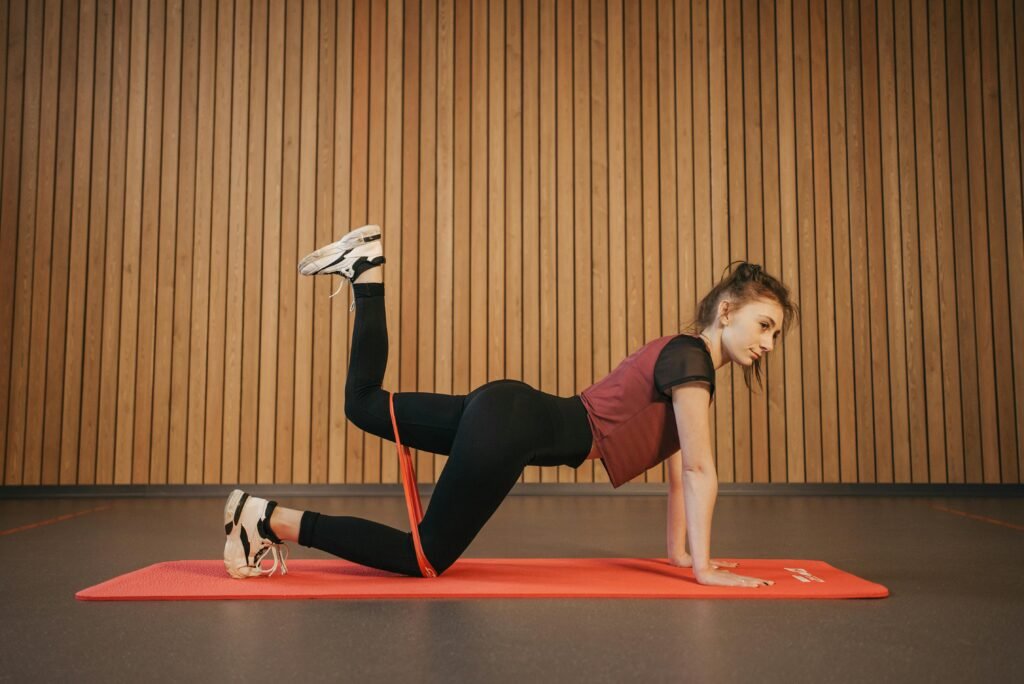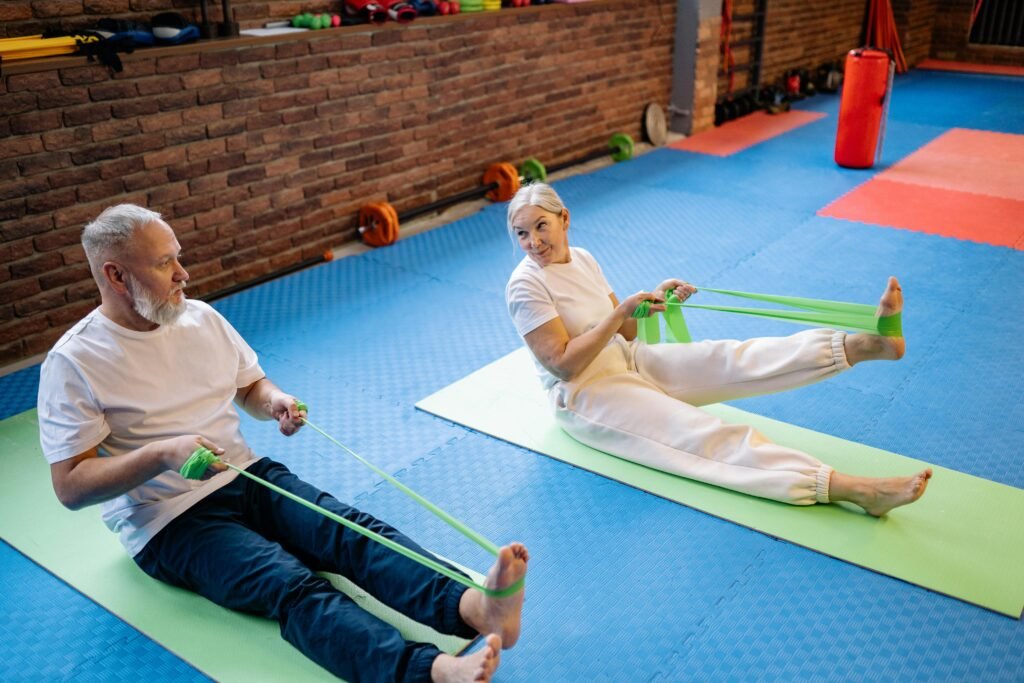When it comes to strength training, two popular options stand out: dumbbells and weight machines. Many fitness enthusiasts often wonder which is better for their workouts. The truth is, both have their unique advantages, and the best choice depends on your fitness level, goals, and personal preferences. In this article, we’ll break down the key differences between dumbbells and machines, helping you make an informed decision for your strength training routine.
Pros and Cons of Dumbbells
Pros:
- More Muscle Engagement: Dumbbells require more stabilization, which means you engage more muscles during each exercise. For example, a dumbbell shoulder press not only works your shoulders but also engages your core, traps, and triceps.
- Functional Fitness: Dumbbells mimic real-life movements, making them ideal for improving balance, coordination, and overall functional strength.
- Versatility: Dumbbells can be used for a wide range of exercises, from basic lifts like squats and deadlifts to more advanced movements like Turkish get-ups or kettlebell swings.
- Home-Friendly: If you’re working out at home, dumbbells are a cost-effective and space-efficient option that allows you to build a versatile home gym.
Cons:
- Learning Curve: Proper form is crucial when using dumbbells, especially for beginners. Without proper guidance, there’s a higher risk of injury.
- Limited Weight: While dumbbells are great for building strength, they may not allow you to lift as much weight as machines, which provide a fixed range of motion and stability.

Pros and Cons of Weight Machines
Pros:
- Beginner-Friendly: Machines are designed to guide your movements, making them ideal for beginners who are still learning proper form. This reduces the risk of injury and helps you focus on mastering the movement.
- Targeted Muscle Groups: Machines allow you to isolate specific muscle groups, making them perfect for targeting weak areas or rehabilitating injuries. For example, the leg extension machine focuses solely on your quadriceps.
- Heavy Lifting: Because machines provide a fixed range of motion, you can typically lift heavier weights compared to free weights, which can be beneficial for building strength and muscle mass.
- Easy to Use: Most machines come with instructions and adjustable settings, making them easy to set up and use, even if you’re new to the gym.
Cons:
- Less Muscle Engagement: Since machines guide your movements, they don’t require as much stabilization, meaning fewer muscles are engaged during each exercise.
- Limited Versatility: Machines are designed for specific exercises, so you may need to use multiple machines to target different muscle groups, which can be time-consuming.
- Not Ideal for Functional Fitness: Machines don’t mimic real-life movements as well as dumbbells, so they may not be as effective for improving overall functional strength and balance.
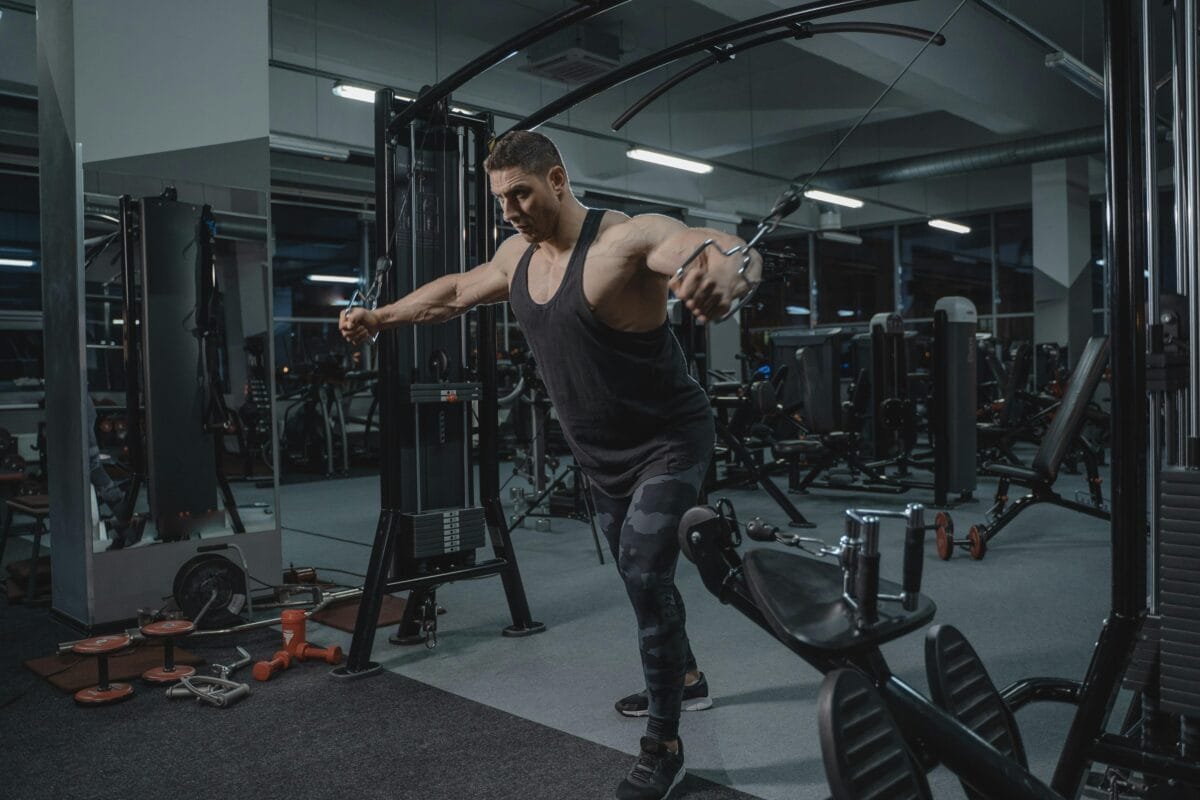
Which One Should You Choose?
The answer to whether dumbbells or machines are better depends on your fitness level and goals. Here’s how to decide:
- Beginners: If you’re new to strength training, machines are a great starting point. They help you learn proper form, reduce the risk of injury, and allow you to focus on building foundational strength. Once you feel comfortable with the basics, you can gradually introduce dumbbells into your routine.
- Intermediate to Advanced Lifters: For those with more experience, dumbbells offer greater versatility and muscle engagement. They promote functional fitness and allow you to perform a wider variety of exercises. However, incorporating machines into your routine can still be beneficial, especially for isolating specific muscle groups or adding variety to your workouts.
- Home Workouts: If you’re working out at home, dumbbells are the way to go. They are more accessible, portable, and versatile than machines, making them perfect for a home gym setup.
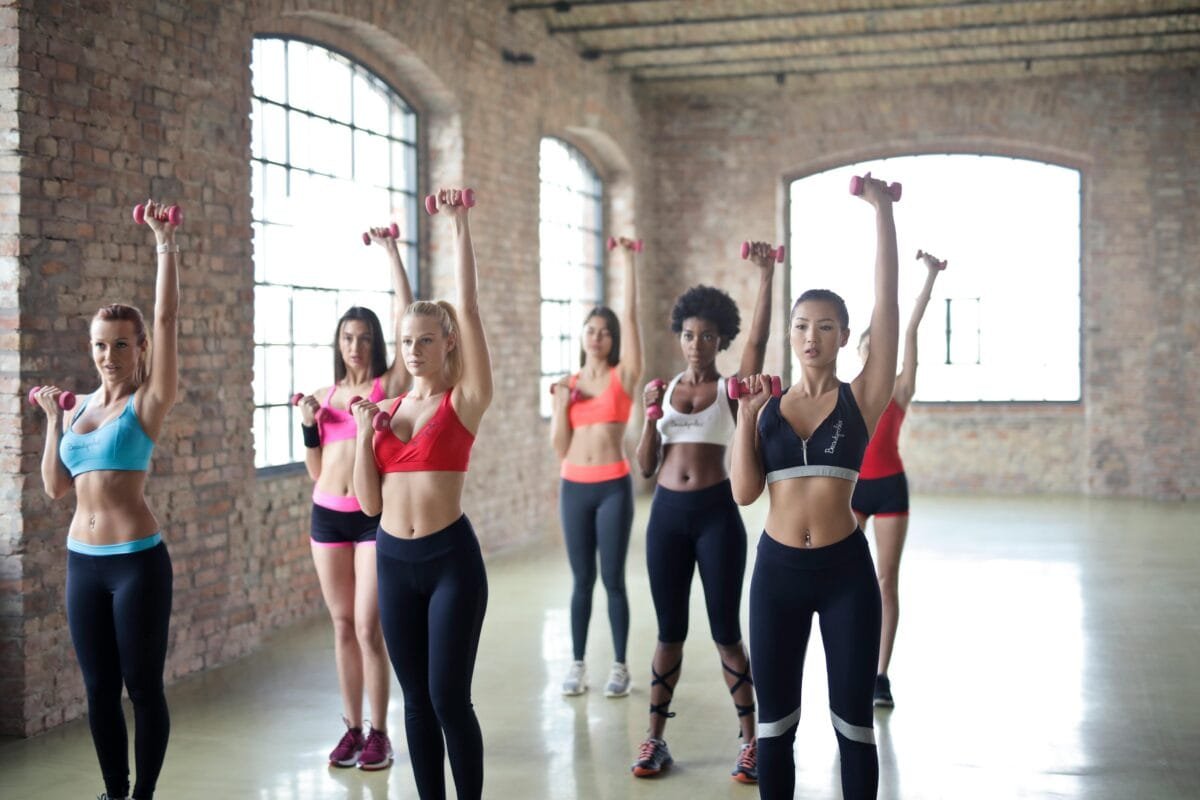
Common Mistakes to Avoid
Whether you choose dumbbells or machines, it’s important to avoid common mistakes that can hinder your progress or lead to injury:
Machines:
- Improper Adjustments: Always adjust the machine to fit your body size. Factors like seat height, grip width, and foot placement can affect how the machine feels and performs. If it feels uncomfortable, don’t force it—ask for help or try a different machine.
- Overreliance on Machines: While machines are great for isolation exercises, relying too heavily on them can limit your overall muscle development. Make sure to incorporate functional movements and free weights to engage more muscles and improve balance.
Dumbbells:
- Poor Form: Proper form is essential when using dumbbells. Each exercise has specific nuances, such as head position, lower back alignment, and stance. Take the time to learn the correct form before increasing the weight.
- Going Too Fast: Dumbbell exercises should be performed slowly and with control. Avoid using momentum to lift the weights, as this can reduce the effectiveness of the exercise and increase the risk of injury. Focus on engaging the targeted muscles throughout the movement.
- Lifting Too Heavy: Start with lighter weights until you feel confident in your form. With dumbbells, you’re in total control, so it’s important to choose a weight that allows you to maintain proper technique.
Holiday Sale
Up to 60% off
Get your favorite dumbbells at record-breaking prices.
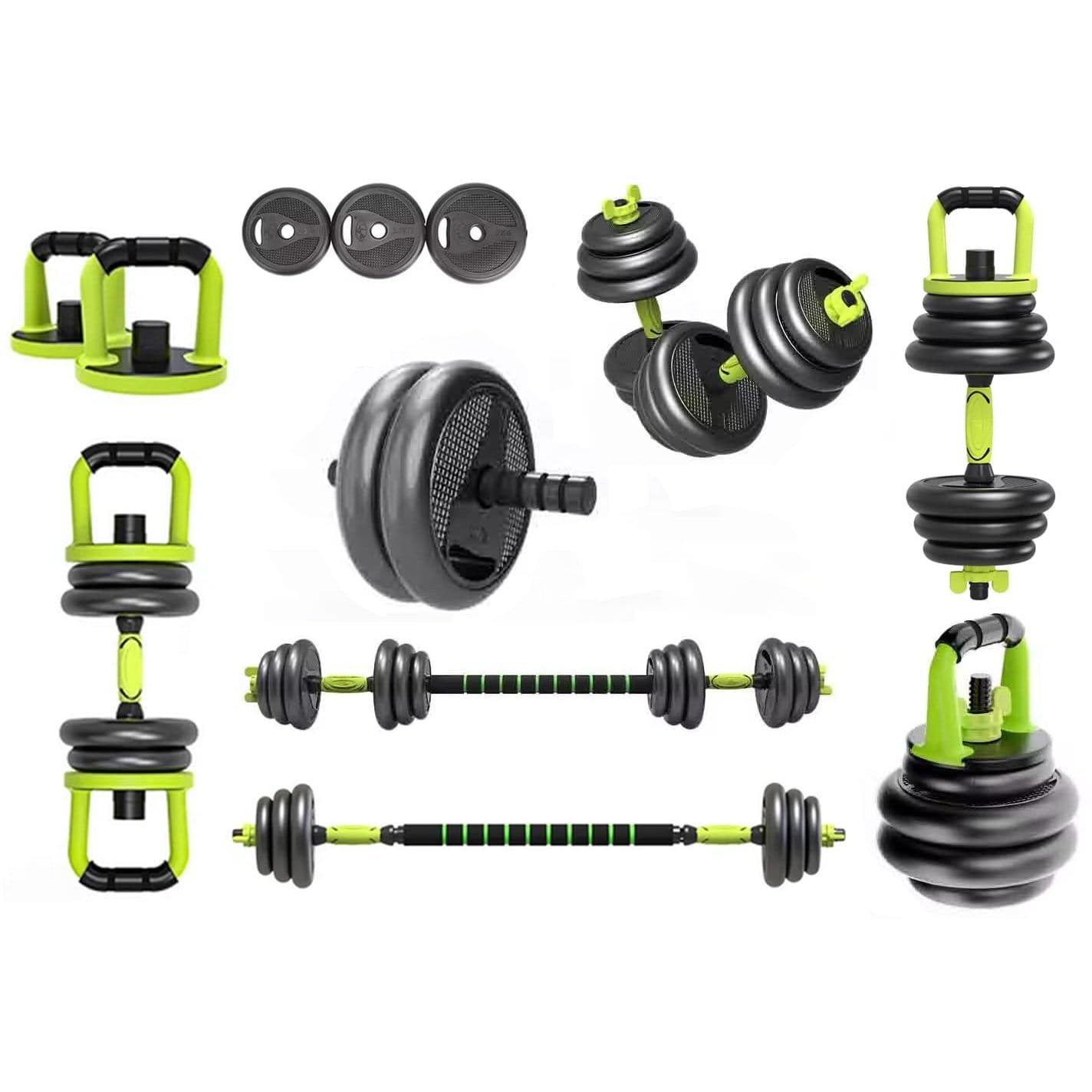
Conclusion
Both dumbbells and machines have their place in a well-rounded strength training routine. The key is to choose the equipment that best aligns with your fitness level and goals. If you’re just starting out, machines can help you build a solid foundation, while intermediate and advanced lifters can benefit from the versatility and muscle engagement of dumbbells. Ultimately, a combination of both can provide the most balanced and effective workout.


